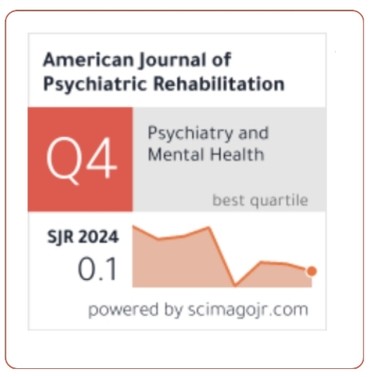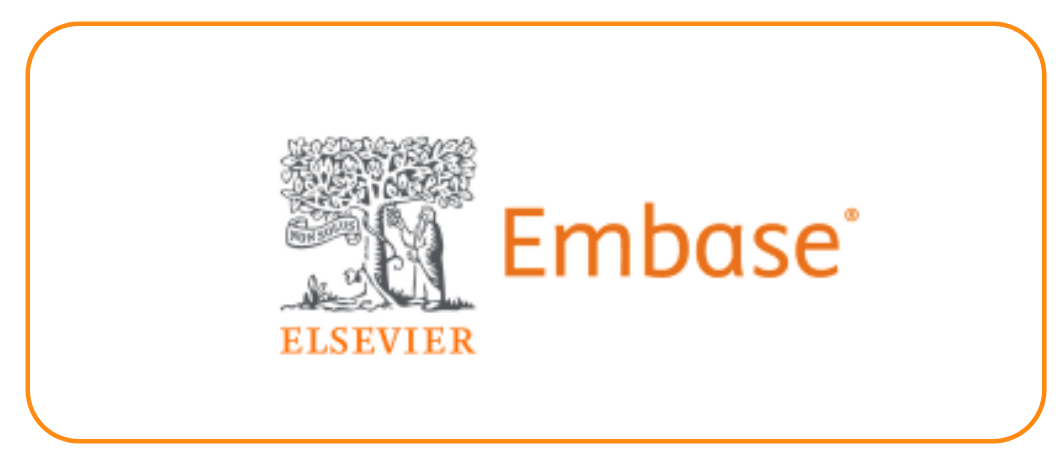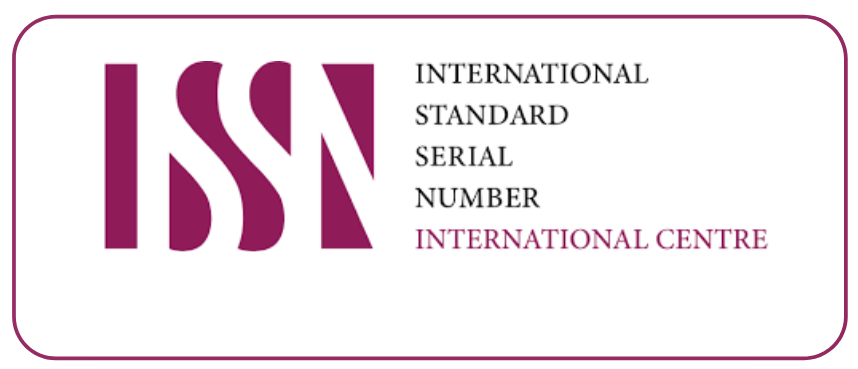Hyperbaric Oxygen Therapy: A Comprehensive Literature Review Of Mechanisms, Clinical Indications, And Emerging Applications
DOI:
https://doi.org/10.69980/ajpr.v28i5.489Keywords:
Hyperbaric oxygen therapy, decompression sickness, wound healing, neurological injury, chronic wounds, radiation induced soft tissue injuries, clinical indications, emerging applications.Abstract
Hyperbaric oxygen therapy (HBOT) delivers 100% oxygen at pressures above atmospheric level to enhance tissue oxygenation. It has established efficacy in specific conditions such as decompression sickness, carbon monoxide poisoning, and radiation-induced tissue injury. Increasing evidence suggests its potential benefits in neurological injuries and chronic wounds. This review summarises the physiological basis of HBOT, approved indications, emerging clinical uses, safety considerations and current challenges, providing an updated synthesis for clinicians and researchers involved in hyperbaric medicine.
References
1. Thom SR. Hyperbaric oxygen: its mechanisms and efficacy. Plast Reconstr Surg. 2011;127 Suppl 1:131S-141S.
2. Weaver LK. Hyperbaric oxygen therapy indications. Undersea Hyperb Med. 2009;36(1):17-23.
3. Mathieu D. Handbook on Hyperbaric Medicine. 6th ed. Springer; 2017.
4. Efrati S, Ben-Jacob E. Reflections on the neurotherapeutic effects of hyperbaric oxygen. Expert Rev Neurother. 2014;14(9):1073-1076.
5. Godman CA, Hampson NB. The role of hyperbaric oxygen in wound healing. Undersea Hyperb Med. 2013;40(6):541-545.
6. Buras JA, et al. Hyperbaric oxygen-induced reactive oxygen species formation: implications for oxidative stress and cell signaling. Antioxid Redox Signal. 2006;8(9-10):1349-1363.
7. Jain KK. Textbook of Hyperbaric Medicine. 6th ed. Springer; 2017.
8. Shih CC, et al. Emerging indications of hyperbaric oxygen therapy. J Formos Med Assoc. 2020;119(1 Pt 1):43-54.
9. Harch PG. Hyperbaric oxygen treatment of mild traumatic brain injury/concussion and post-concussion syndrome. NeuroRehabilitation. 2015;36(1):125-131.
10. Rockswold SB, et al. A prospective, randomized clinical trial of hyperbaric oxygen therapy for severe traumatic brain injury. J Neurosurg. 2010;113(1):25-33.
11. Kalani M, et al. Hyperbaric oxygen therapy for refractory osteomyelitis: A systematic review. Int J Infect Dis. 2021;103:460-467.
12. Rossignol DA, et al. Hyperbaric oxygen therapy for children with autism spectrum disorders. Undersea Hyperb Med. 2009;36(6):335-345.
13. Efrati S, et al. Hyperbaric oxygen therapy can improve pain and quality of life in fibromyalgia patients – prospective clinical trial. PLoS One. 2015;10(5):e0127012.
14. Moon RE. Hyperbaric oxygen toxicity: reactive oxygen species and central nervous system oxygen toxicity. Undersea Hyperb Med. 2019;46(5):533-537.
15. Jain KK. Contraindications and complications of hyperbaric oxygen therapy. In: Jain KK, editor. Textbook of Hyperbaric Medicine. 6th ed. Springer; 2017. p. 165-180.
16. Bennett MH, et al. Hyperbaric oxygen therapy for chronic wounds. Cochrane Database Syst Rev. 2016;6(6):CD004123.
Downloads
Published
Issue
Section
License
Copyright (c) 2025 American Journal of Psychiatric Rehabilitation

This work is licensed under a Creative Commons Attribution 4.0 International License.
This is an Open Access article distributed under the terms of the Creative Commons Attribution 4.0 International License permitting all use, distribution, and reproduction in any medium, provided the work is properly cited.









